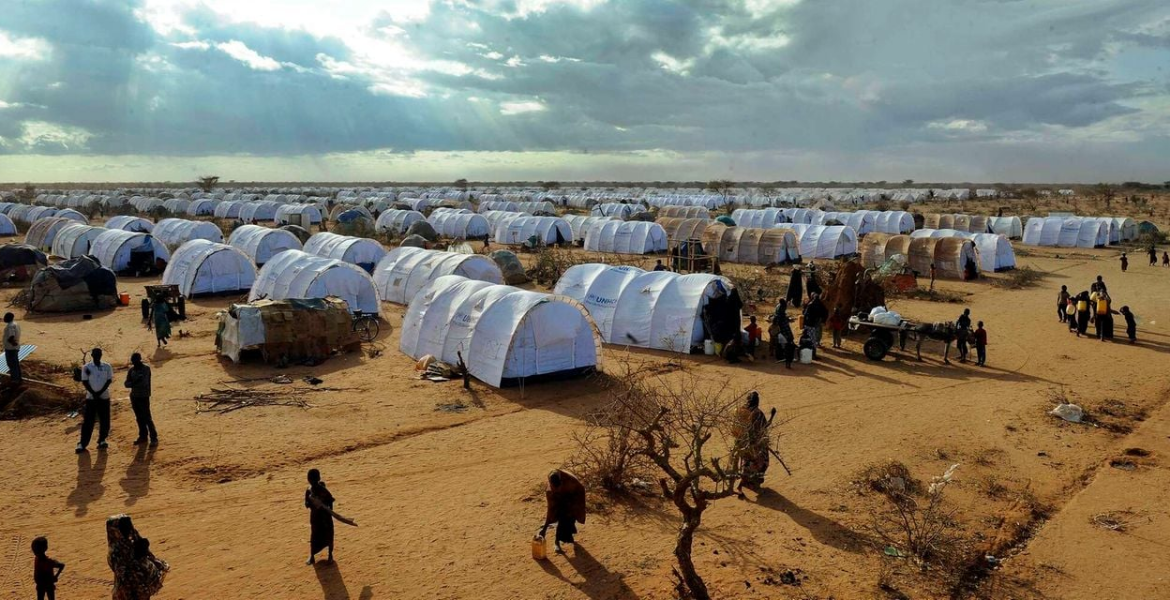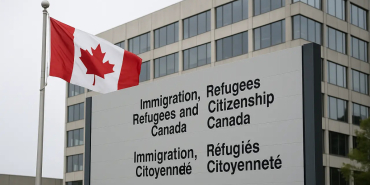Kenya Sees 334% Jump in Asylum Cases Since 2019

Kenya has witnessed an unprecedented surge in asylum seekers over the past five years, according to recent data from the United Nations High Commissioner for Refugees (UNHCR).
The number of individuals seeking protection has grown dramatically from 48,244 in September 2019 to 209,194 in 2024, representing a striking increase of 333.62 per cent. These asylum seekers, who flee their home countries due to persecution or well-founded fears of persecution based on factors such as race, religion, nationality, social group membership, or political beliefs, have significantly impacted Kenya's humanitarian landscape. The demographic composition of asylum seekers reveals that Somali nationals constitute more than half of the population, with significant numbers also arriving from South Sudan and the Democratic Republic of Congo.
Additional source countries include Ethiopia, Burundi, Sudan, Uganda, Eritrea, and Rwanda. This diverse influx has placed considerable strain on Kenya's infrastructure and resources, challenging the nation's capacity to provide adequate support services. Kenya's long-standing role as a refugee host nation is exemplified by its two major refugee camps, Dadaab and Kakuma, which rank among the world's largest. Dadaab, situated in Garissa County, currently accommodates over 400,000 refugees, while Kakuma in Turkana County hosts approximately 300,000.
These facilities face persistent challenges, including severe overcrowding, limited access to essential services, and ongoing security concerns. The dramatic increase in asylum seekers has introduced new complexities to Kenya's diplomatic relations, particularly with Somalia and South Sudan. These tensions have manifested in disputes over border security and resource allocation, prompting Kenya to seek increased international support in addressing the escalating humanitarian crisis. While the UNHCR and various humanitarian organizations continue to assist, the magnitude of the situation demands a more coordinated global response.
In response to these challenges, the Kenyan government has established the Refugee Affairs Secretariat (RAS) to streamline refugee management and coordination efforts. Additionally, partnerships with international organizations have been forged to enhance living conditions in refugee camps and promote self-sufficiency through various livelihood programs. However, significant obstacles persist, particularly in providing access to education, healthcare, and employment opportunities. The lack of formal legal status for many asylum seekers further complicates their integration into Kenyan society.








Add new comment